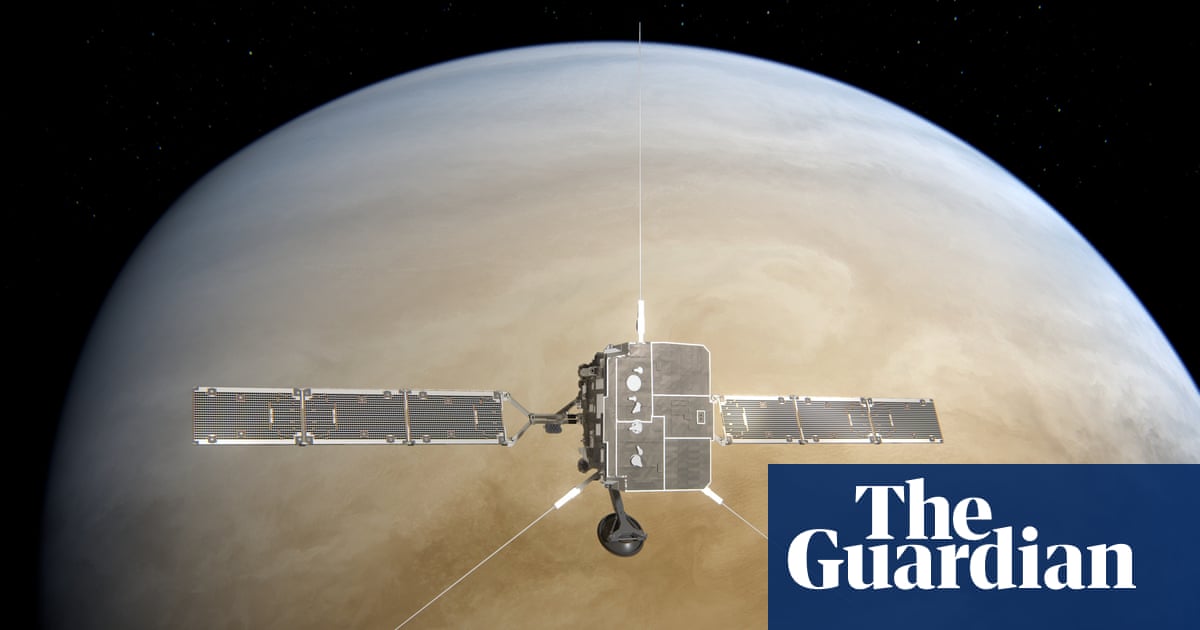
The European Space Agency will be performing back-to-back flybys on the same planet by two spacecraft, just one day apart.The Esa-Nasa Solar Orbiter spacecraft, which will fly past Venus on 9 August, will reach a close approach of 7,995 km (4,968 mi). The Esa-Jaxa BapiColombo mission will pass by Venus at a distance of only 550km (342 mi) the next day.Gravitational assistance is the act of flying close to a planet. These flybys are used to boost the orbital energy of spacecrafts and slingshot them further into the solar system.Both missions will make use of the maneuver to lose energy to get closer to the sun. Solar Orbiter's gravity will alter the orbital angle of Venus, eventually allowing it to see the poles.BepiColombo's ultimate destination is Mercury, the nearest planet to the sun. Bepi will use the gravitational assistance of Mercury, Venus, and Earth to drop into orbit around Mercury. This is a delicate task because Mercury lies deep within the Sun's powerful gravitational field. The data collected from the flybys will also be used to combine them with Jaxas Akatsuki mission currently orbiting around Venus.
